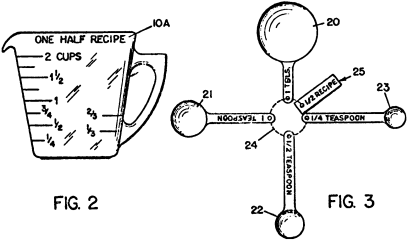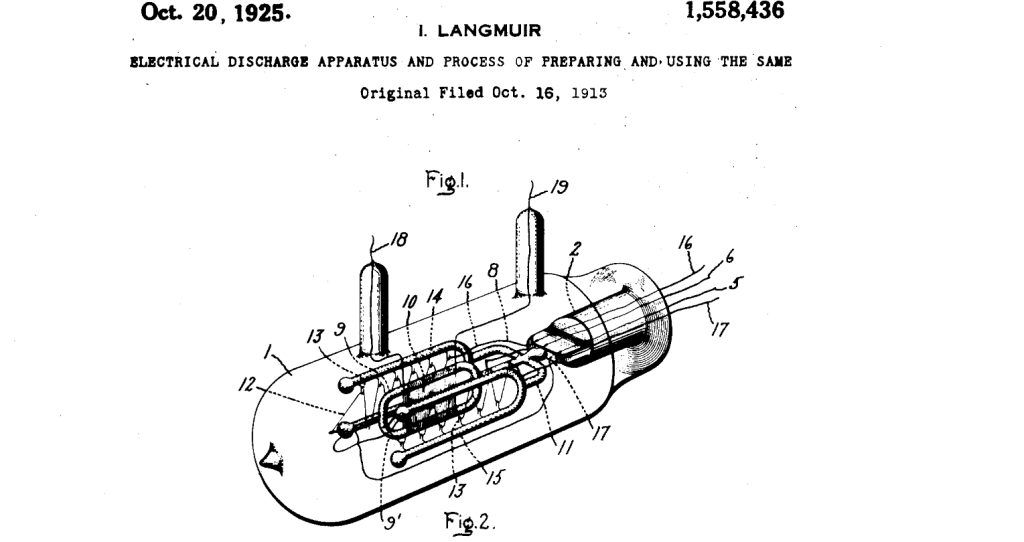Tag Archives: Section 103
Goodbye Rosen references, hello Jennings references?
Guest Post by Sarah Burstein, Professor of Law at Suffolk University Law School
LKQ Corp. v. GM Global Tech., 21-2348 (Fed. Cir. 2024) (en banc).
In its decision in LKQ v. GM, the en banc Federal Circuit may have raised as many questions as it answered. For now, I’d like to focus on one: What counts as a proper primary reference under LKQ? (more…)

